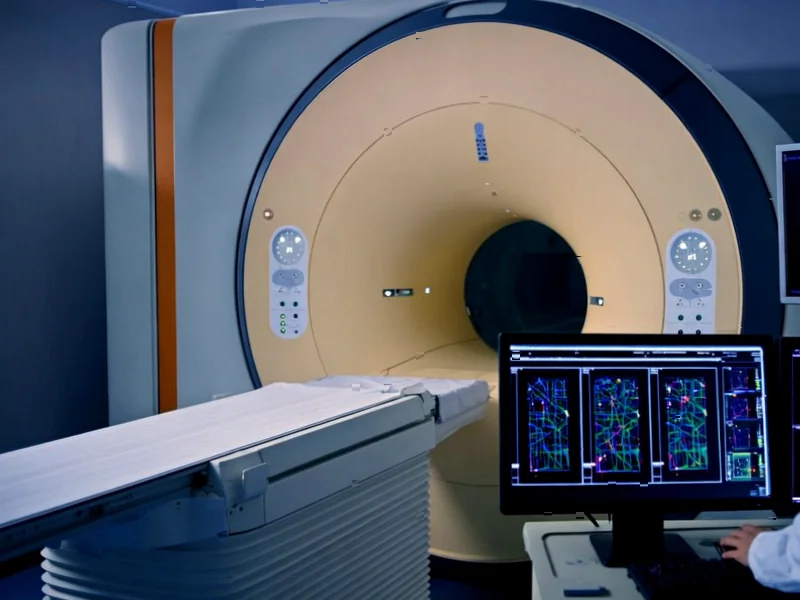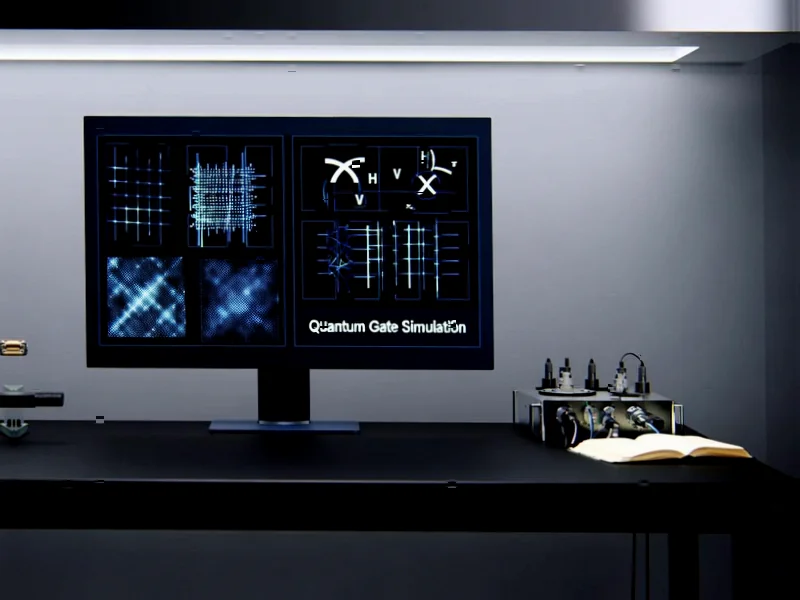According to Nature, researchers used 7 Tesla functional MRI to map the brain’s allostatic system with enhanced spatial resolution, revealing how the brain anticipates the body’s energetic needs before they arise. The study reproduced and extended earlier 3T fMRI findings, confirming 100% of monosynaptic connections between cortical areas, 96% between cortical and subcortical regions, and 96% between subcortical nuclei reported in animal tract-tracing studies. Crucially, the research identified reciprocal connectivity between allostatic control regions in the anterior cingulate and primary interoceptive cortex in the dorsal mid and posterior insula, connections previously hypothesized by predictive processing models. The findings suggest that allostasis, supported by interoception, may be embedded within the brain’s core computational infrastructure, involving regions responsible for sensation, perception, cognition, emotion, decision-making, and social functioning. This represents a significant advancement in understanding how the brain coordinates bodily regulation.
Table of Contents
The Technical Breakthrough Behind the Discovery
The shift from 3T to 7T functional MRI represents more than just incremental improvement—it’s a quantum leap in our ability to observe the brain’s deepest structures. While standard 3T fMRI has been the workhorse of cognitive neuroscience for decades, its limitations in spatial resolution and signal-to-noise ratio have consistently prevented researchers from clearly imaging small but critical structures in the brainstem, midbrain, and diencephalon. The enhanced sensitivity of 7T technology allows researchers to detect the subtle blood-oxygen-level-dependent (BOLD) signals from nuclei that regulate autonomic functions, immune responses, and endocrine activity. This technical advancement, combined with newly validated in vivo atlases of subcortical nuclei, has essentially given neuroscientists a high-definition map of regions previously only observable through invasive animal studies or post-mortem examinations.
Transforming Our Understanding of Brain-Body Medicine
This research fundamentally challenges how we conceptualize the relationship between mental and physical health. The discovery that allostasis is embedded within the brain’s core computational infrastructure suggests that many conditions previously categorized as purely “psychological” or “physical” may actually represent disruptions in this predictive system. Disorders like anxiety, depression, and PTSD—which often involve both cognitive symptoms and physical manifestations like heart rate variability changes, immune dysfunction, and metabolic alterations—may be better understood as allostatic system dysregulations. Similarly, chronic conditions like fibromyalgia, irritable bowel syndrome, and chronic fatigue syndrome, which involve complex interactions between pain perception, autonomic regulation, and immune function, might find new explanatory frameworks through this allostatic-interoceptive model. The identification of ‘rich club’ hubs coordinating signaling across this system provides potential targets for neuromodulation therapies that could simultaneously address both cognitive and physiological symptoms.
Limitations and Future Research Directions
While the 7T fMRI findings are compelling, several methodological considerations warrant attention. The study’s reliance on resting-state connectivity means researchers observed the system’s intrinsic organization rather than its dynamic response to actual physiological challenges. Future research will need to examine how this network activates during real-world stressors, metabolic demands, and immune challenges to understand its functional capacity. Additionally, the translation from animal tract-tracing studies to human functional connectivity, while showing remarkable correspondence (96-100% replication rates), still represents an indirect measure of anatomical connections. The field would benefit from combining 7T fMRI with other advanced techniques like diffusion-weighted imaging and magnetoencephalography to create a more comprehensive picture. Another critical frontier will be investigating how this system develops across the lifespan and how it’s affected by early life stress, trauma, and various disease states.
Redefining Consciousness and Self-Awareness
The discovery of reciprocal connectivity between allostatic control and interoceptive regions has profound implications for understanding consciousness itself. Traditional models of consciousness have often emphasized external sensory processing or higher cognitive functions, but this research suggests that our fundamental sense of self may emerge from the brain’s continuous dialogue with the body. The finding that regions involved in sensation, perception, emotion, decision-making, and social functioning are integrated within this system blurs the distinction between “body” and “mind” in ways that could reshape philosophical and psychological frameworks. This aligns with emerging theories in embodied cognition and predictive processing that view consciousness as arising from the brain’s attempts to model and regulate bodily states. The implications extend to artificial intelligence development, suggesting that creating truly intelligent systems may require incorporating similar predictive bodily regulation mechanisms rather than focusing solely on abstract reasoning capabilities.



